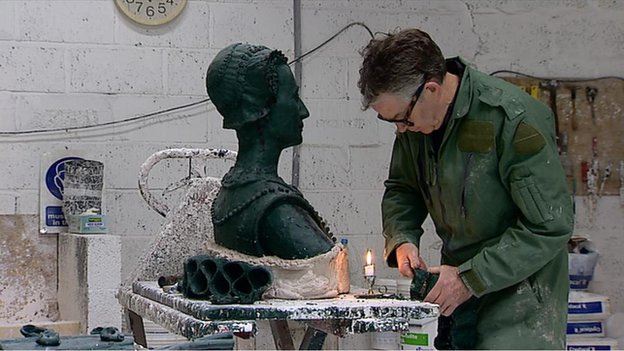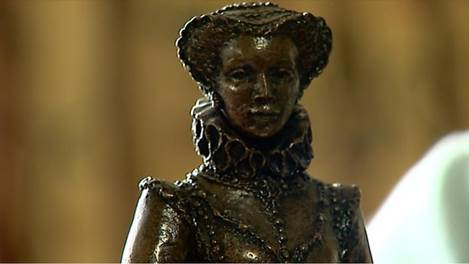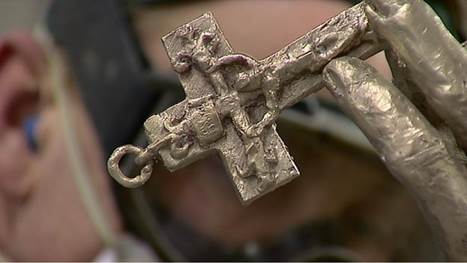
Best viewed in
Internet Explorer
PDF
Back to

Updated
03/31/2015 |
Mary, Queen of Scots
to get first statue
Her life was full of murder and
intrigue and she is famous across the globe. But there has never been a
public statue of Mary, Queen of Scots in the country of her birth.
 |
Mary, Queen of Scots (8
December 1542 – 8 February 1587), also known as Mary Stuart or
Mary I of Scotland, was Queen of Scotland from 14 December 1542
to 24 July 1567 and Queen consort of France from 10 July 1559 to
5 December 1560.
Mary, the only surviving
legitimate child of King James V of Scotland, was six days old
when her father died and she acceded to the throne. She spent
most of her childhood in France while Scotland was ruled by
regents, and in 1558, she married the Dauphin of France,
Francis. He ascended the French throne as King Francis II in
1559, and Mary briefly became queen consort of France, until his
death in December 1560. Widowed, Mary returned to Scotland,
arriving in Leith on 19 August 1561. Four years later, she
married her first cousin, Henry Stuart, Lord Darnley, but their
union was unhappy. In February 1567, his residence was destroyed
by an explosion, and Darnley was found murdered in the garden.
James Hepburn, 4th Earl of
Bothwell, was generally believed to have orchestrated Darnley's
death, but he was acquitted of the charge in April 1567, and the
following month he married Mary. Following an uprising against
the couple, Mary was imprisoned in Loch Leven Castle. On 24 July
1567, she was forced to abdicate in favor of James, her
one-year-old son by Darnley. After an unsuccessful attempt to
regain the throne, she fled southwards seeking the protection of
her first cousin once removed, Queen Elizabeth I of England.
Mary had previously claimed Elizabeth's throne as her own and
was considered the legitimate sovereign of England by many
English Catholics, including participants in a rebellion known
as the Rising of the North. Perceiving her as a threat,
Elizabeth had her confined in various castles and manor houses
in the interior of England. After eighteen and a half years in
custody, Mary was found guilty of plotting to assassinate
Elizabeth, and was subsequently executed. |
Now, more than 400 years after her
death, the monarch, whose son, James, became king of Scotland and
England, is finally to have a monument to her erected in Scotland.

The statue will be
unveiled later this spring but work is under way at Powderhall foundry
in Edinburgh on a queen who has been notable by her absence. David
Annand is the sculptor working on the statue.


The statue will be
7ft tall and made of bronze. Its new home will be at Linlithgow palace,
where Mary was born in 1542. According to Dr. David Mitchell, who is
Historic Scotland's director of conservation, this location seemed to be
"entirely appropriate."
|




